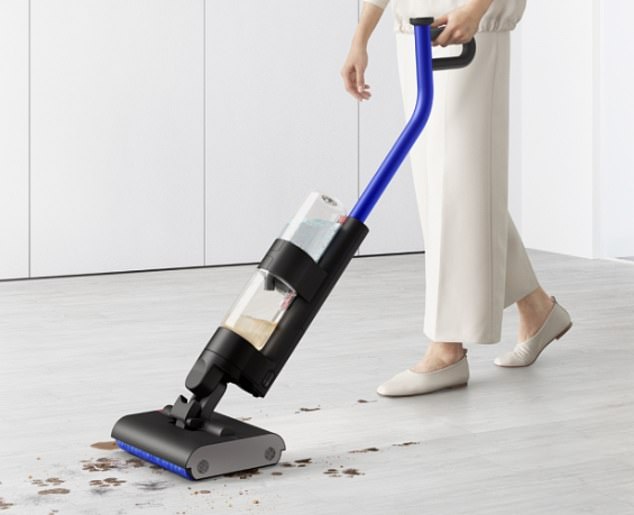Back in May, home tech wizards Dyson revealed they were launching an electric mop, which they claimed would make one of the country’s least favourite tasks (deep-cleaning hard floors) a breeze.
Three months later came the WashG1, which promises to do away with the basic mop and bucket for good, thanks to technology that sweeps up both wet and dry messes and then leaves floors dry, delivering a “barefoot clean feel.”
Hard floor cleaning has long been dominated by steam cleaners (which, unlike the WashG1, cannot be used on hardwood floors), detergent spray mops, and the traditional “cut-end” mop and bucket with attached wringer.
Why reinvent the mop? Has it been around in one form or another for centuries? According to Dyson’s global dust study, published in 2023 and which looked at the cleaning habits of 30,000 people across 39 countries, 75 per cent of UK households now have some or all hard floor surfaces. That figure rises to 95 per cent internationally.
The Dyson WashG1, an electric mop that retails for £599, addresses the fact that British homeowners are more likely than ever to have hard floors in their homes, the company says.
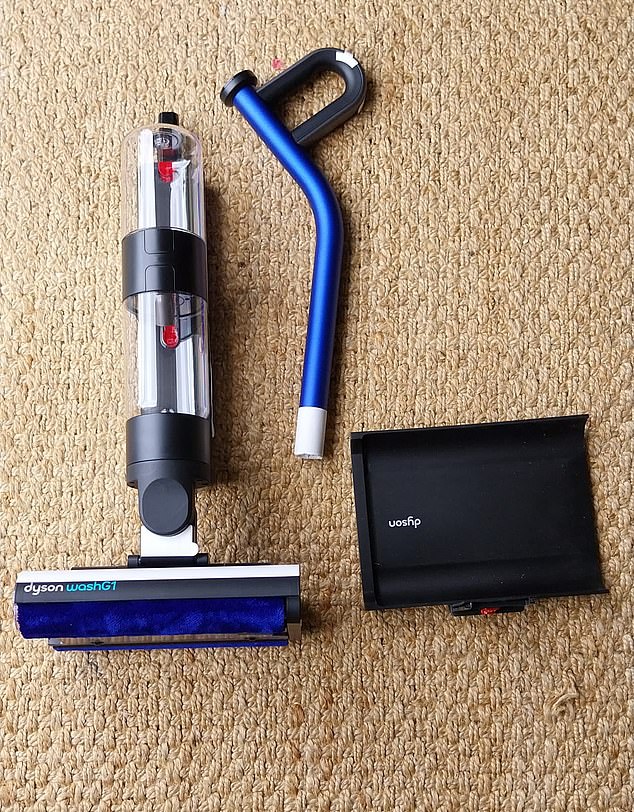
It has a 1-liter clean water tank that distributes water using a pulse-modulated hydration pump and keeps the collected waste (essentially dirty water) in a separate chamber.
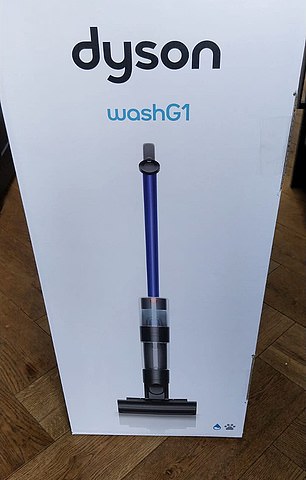
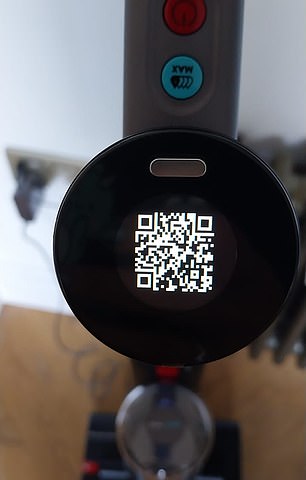
Easy to set up, the WashG1 is simple to use and has a digital display that tells you when you need to refill the water and how much charge is left.
And until now, Dyson vacuum fans have had to make do with the brand’s £799 V15 Submarine vacuum, which is suitable for wet and dry spills, or rival products from the likes of Karcher and Shark, but the WashG1 is the fruit of significant ongoing investment by the brand in new products.
Founded in 1991 by Sir James Dyson, Dyson has poured money into developing new technology, with a number of launches in recent years including the £450 Dyson Airstrait hair straighteners and the 360 Vis Nav robot vacuum cleaner.
The WashG1’s £599 price tag isn’t exactly cheap, but could investing in an electric mop make cleaning hard floors as easy as vacuuming? One fresh off the Dyson production line…
HOW DOES THE WASHG1 REALLY WORK?
The WashG1 uses “counter-rotating, highly absorbent microfibre filament rollers” to remove dust, dirt and dried-on stains from floors, the British manufacturer claims.
Dirty water and waste are collected but kept separate from a one-litre clean water tank through a 500-micron mesh screen.
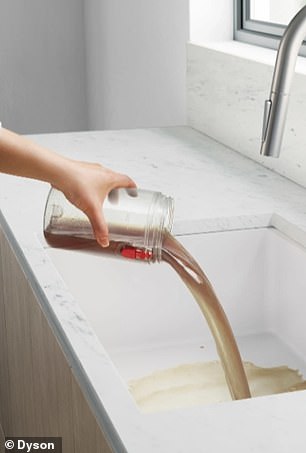
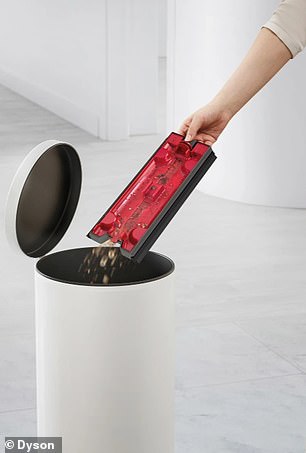
Dirty water is poured out of the tank on the left, while dry waste and dust are stored in another chamber of the machine on the right.
And, Dyson says, there’s no chance of using too much or too little water; a pulse-modulated hydration pump precisely controls and adjusts the amount of water dispensed onto your floors, ensuring drying time is reduced to seconds.
The biggest draw for homeowners who hate having to change water with a traditional mop, bucket and wringer (after they’ve vacuumed) is that it can cover up to 290 square metres of floor space – the average three-bedroom house in the UK is around 88 square metres.
HOW IS IT LIKE TO USE IT?
The WashG1 arrived in a compact box that required almost no setup, just a few pieces to assemble. There’s an easy-to-use quick start guide in the box, and while the digital display may alarm technophobes, it’s very easy to use.
The sleek digital display on the top of the handle has a QR code that points to the Dyson app but, after charging, you don’t need anything more than a little clean water in one of the two chambers found in the body of the WashG1 and the press of a button to start cleaning.
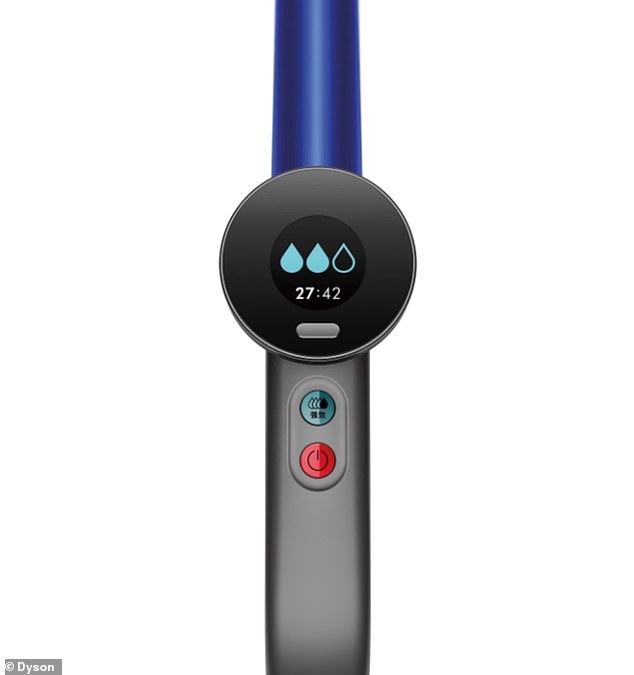
Dyson, which has invested heavily in developing new technology, says the device can clean up to 3,000 square feet on a single battery and has a self-cleaning function.
The same digital display tells you how you are doing with the water and how much charge is left.
The WashG1 is an electric bike-like model that makes cycling easier, and offers the user a similar ride, gliding across the floor, as if they were using a lightweight vacuum cleaner. Plus, it’s a pleasure to maneuver.
The big draw is how dirty water is treated. You can see exactly what’s coming out of your floors (and wonder how you can live like that), but interaction with it is minimal—you just unscrew it and dump it out when you’re done.
Using just plain tap water without detergent also seemed like an eco-friendly way to clean.
I fall into the category of living in a house that has hard floors in almost every room, so I tried it on engineered wood floors in the kitchen and porcelain tile in the bathroom.
THE PROS
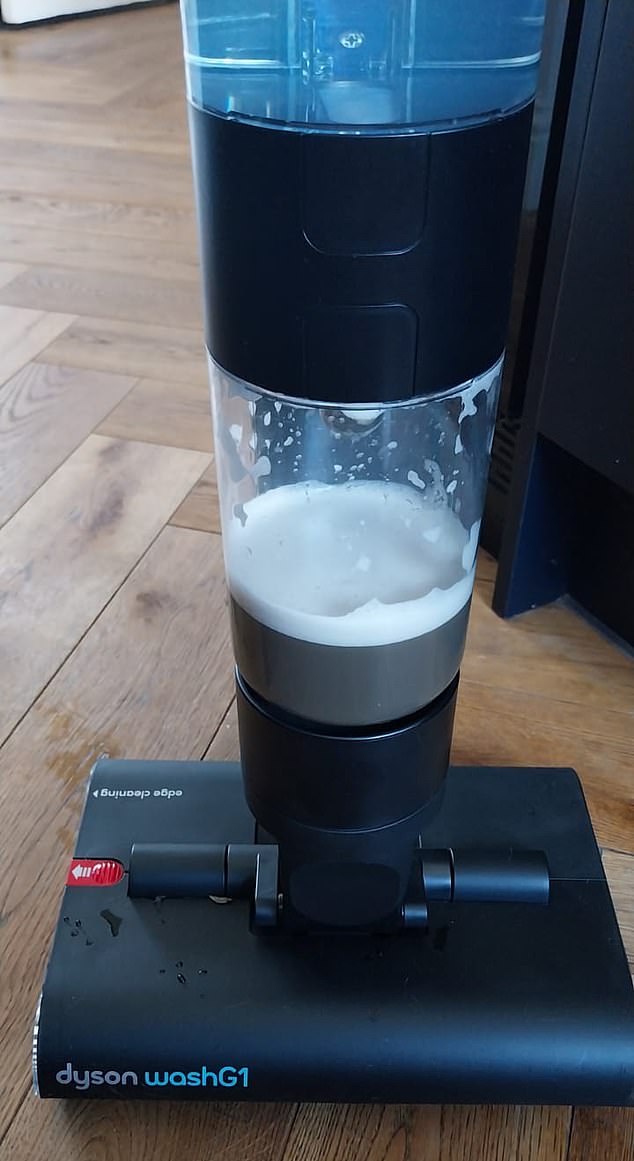
You can see exactly what’s coming out of your floors through the dirty water chamber, a satisfying if slightly alarming sight, which is easy to empty – just twist off the lid and pour into the sink.
The floors were sparkling clean in no time, mission accomplished with minimal legwork, and much less hassle than dealing with a mop and bucket.
I got through each floor in a matter of minutes, and the fact that it knows how much water to distribute means there’s almost no drying time – perfect for easy cleaning.
The edge cleaning technology is also really impressive; you can get really close to skirting boards without getting them wet like you could with alternative methods.
How did it manage to pass a proper test? Just like in the adverts, I spilled a considerable amount of balsamic vinegar on the kitchen floor to put the WashG1 through its paces and, without any detergent, it did the job without any problems. It left no smell or residue.
THE CONS
To keep your microfibre rollers in good condition, you need to remove the tray and get rid of the accumulated waste. It is certainly not worse than emptying a bucket, but it is still a not-so-pleasant task, as dirt and grime are the order of the day.
And if you have a compact flat or a smaller home, finding somewhere to put the charging mat and the WashG1 probably won’t be so easy. This is an electric mop that’s just begging for a utility room. That said, it’s certainly no bigger than a mop or bucket, but it does need to be plugged in.
THE VERDICT
At £599, the WashG1 is an expensive piece of kit and it may take a while to convince everyone, as traditional methods can require a little more effort, but they essentially do the same job.
Who already loves Dyson products? There’s no doubt that you’ll love adding this to your collection of cleaning products.
(tags to translate)dailymail


